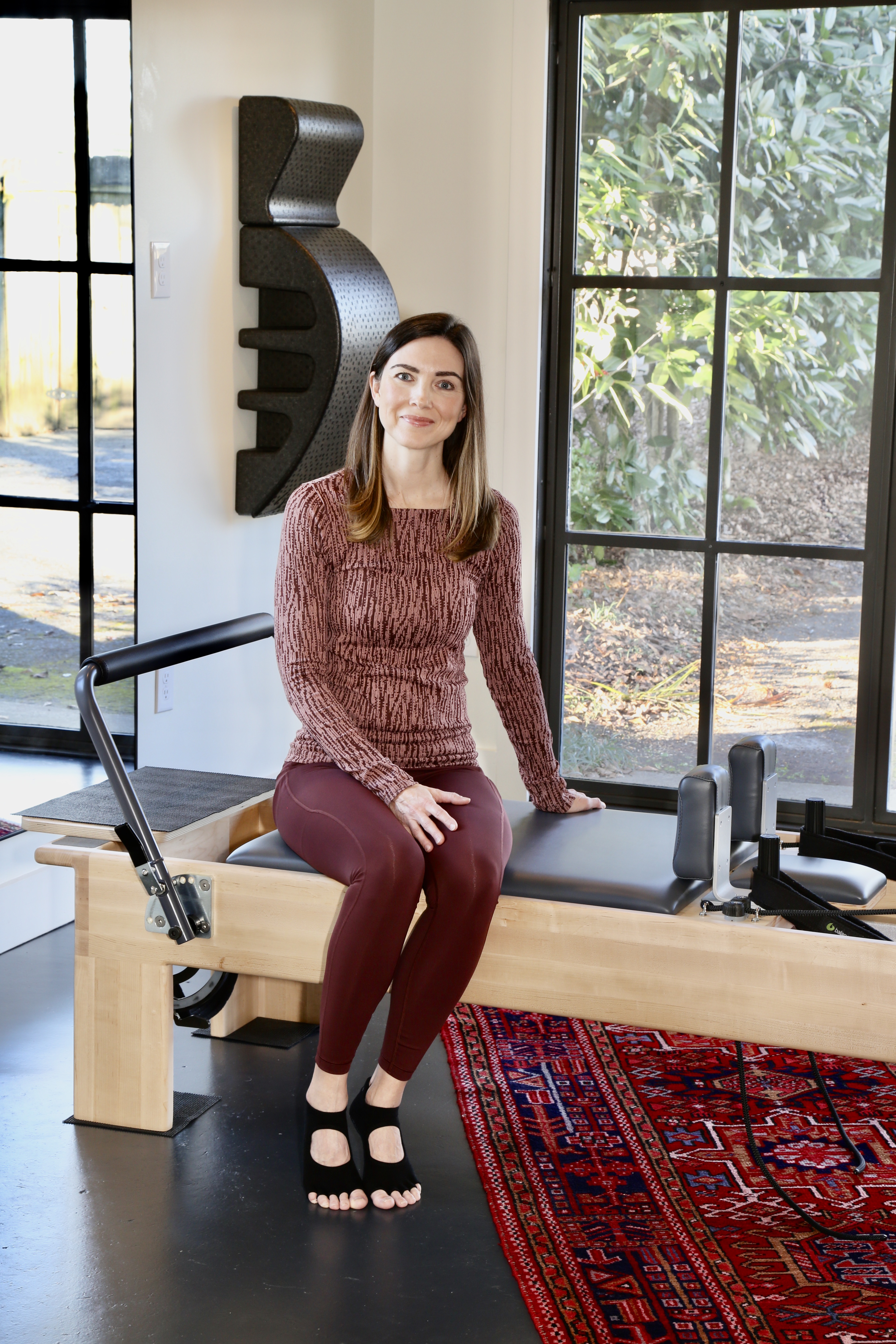Forge is excited to partner with Pilates instructor and breast cancer survivor LeeAnn Davis to provide new programs for our clients. We asked her a few questions to help you get acquainted.
Tell us about yourself!
My name is LeeAnn Davis. I’ve been married for 20 years, and we have 4 incredible children! In my past life, I sold real estate and did some interior design work. Now I eat, sleep and breathe Pilates! I discovered Pilates several years ago, and it has become my passion. Personally experiencing the benefits of Pilates and also seeing it transform other people’s lives is what drives me. I’m currently in a season of wanting to learn as much as I can about the human body and functional movement.
What has your breast cancer diagnosis and survivorship been like?
I was diagnosed with breast cancer at the age of 32. To say it was a shock is an understatement. I don’t think anyone is ever prepared to hear those words spoken to you. I had no family history or risk factors for breast cancer, and a cancer diagnosis was most certainly not on my radar. My oldest children were ages four and two at the time, and because I was still nursing my 2-year-old, the lump I felt and tumor found on an ultrasound were originally passed off as hormonal changes due to breast feeding. Three weeks after I had the ultrasound, another radiologist came across my images, and I received a phone call to come back in for more testing. It was divine intervention! From diagnosis to survivorship, the process has been a journey, and one that I am still on. I cannot say that it’s been easy, but incredible growth can come from trial and adversity. My faith is the number one thing that I have relied on to see me through. The season I’m in now is incredible, and I have so much gratitude for all the blessings in my life. I’ve had two more children since my cancer diagnosis and life feels very full!
What sparked your interest in Pilates?
I’ve always been an active person. After going through treatment for breast cancer, I struggled to find an exercise modality that didn’t create inflammation in my body. I kept developing tendonitis in different areas, or my joints and muscles would get really achy, taking weeks to recover after a workout. When I discovered Pilates, it felt like a light bulb going off in my brain. It was this amazing thing I had been searching for and finally discovered! I love that Pilates can be individualized so that it works for your body. Anyone can do Pilates, and there are a dozen ways to change an exercise based on an individual’s needs. I’ve gained so much body awareness, strength and stability in my joints from doing Pilates. I love knowing that if something doesn’t feel right, then I can modify the exercise or just choose a different one.
How do you think Pilates can help cancer survivors and their loved ones to thrive after a recent or past
diagnosis?
Pilates can address many common concerns that arise following breast cancer treatment, including shoulder and neck pain, decreased range of motion and strength in the arm and shoulder joints, lymphedema, depression and anxiety. It is made up of gentle movements that help to restore functional mobility and comfort. Research has shown that exercise is a critical component of recovery – not only for the body but also for the mind. The class I will be teaching at Forge is an introduction to Pilates, but I also teach a Pink Ribbon Program specifically for breast cancer survivors. If anyone is interested in joining that program, I’d love to tell them more and answer their questions!
What can individuals expect from your new Stretch & Stability series launching at Forge this
September?
In the Stretch & Stability class at Forge, I’ll be taking participants through a gentle series of Pilates exercises where we focus on stabilizing through the joints and accessing particular muscles that we all need to strengthen to assist us in our daily lives. We’ll also be doing some light stretching focusing on range of motion in different joints, lengthening the muscles and finding some mobility through the spine. My hope is that participants walk away feeling stronger, more open and flexible and with a sense of well-being and restoration.
